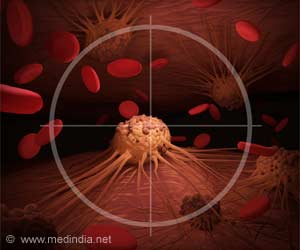
‘New artificial intelligence (AI) technology allows visualization of unlabelled live cells over a prolonged time. This enables its utilization in studying cell viability and pathology, thereby providing a clear picture of the various mechanisms.’
Tweet it Now
Deep learning in live cells: The deep learning algorithms allowed to view the cell without any tag with dyes and yet track their exact location in various parts. The study thus offers longer viability of cells to facilitate experimentations over days.
"Training deep learning models requires a large amount of data because we want to ensure that they work well in different scenarios. Fortunately, our imaging instruments make it easy for us to generate the needed training data in an efficient fashion," said Mikhail Kandel, a graduate student in the Popescu group.
The researchers highlighted that different data can be used to train this machine learning algorithm that could differentiate between different cell types in diseases, and also help study different cellular processes.
Artificial intelligence in healthcare:
Advertisement
- Artificial intelligence (AI) or machine learning that interprets a combination of retinal images was able to successfully identify Alzheimer's disease patients.
- Deep learning model developed by researchers, can determine the imaging biomarkers on screening mammograms, to predict a patient's risk for developing breast cancer.
- Artificial neural networks, such as GoogLeNet and AlexNet were used effectively as diagnostic tools to accurately distinguish between tuberculosis chest X-ray images and normal images, following pretraining.
- Neural network algorithms have been able to accurately grade gliomas, cervical and breast cancers as well as identify cancer stages.
- Targeted nanorobots are novel systems for drug delivery.
- AI can also provide feedback to physicians who interact with patients by indicating overlooked concerns or cues in conversations to improve diagnosis and management.
Source-Medindia













